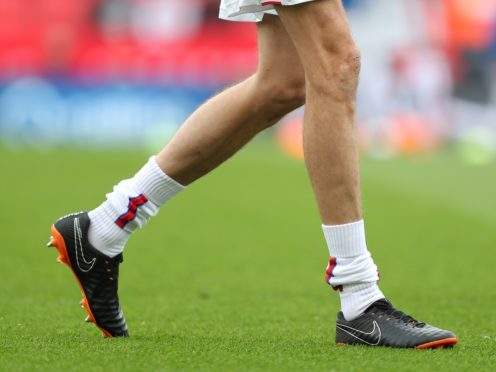Women go weak at the knees for men with long legs, a study has found.
But lanky fellows, take note: they must not be too long, just a little longer than average. Looking like a giraffe is no advantage at all.
Arm length has no effect on male attractiveness, the same research showed.
Part of the reason might be that longer legs offer a balance between greater size and “averageness”, which is associated with good health, say the Cambridge University scientists.
The attractiveness of different limb proportions was tested on 341 American women who were asked to give computer generated male figures marks out of seven.
Participants, who were recruited online, ranged in age from 19 to 76.
Leg length was measured from the hip to the top of the ankle.
The findings showed that the most attractive figures had legs roughly 0.5 standard deviations above baseline. Translated into non-statistical language, it meant they were slightly longer legged than average.
Writing in the journal Royal Society Open Science, the researchers, led by Dr William Skylark said: “LBRs (leg body ratios) that are slightly above the mean are associated with high socioeconomic status, good nutrition and developmental stability, as well as biomechanical efficiency during locomotion.
“High LBRs are also linked with larger overall stature (because leg length is the main contributor towards height increases beyond the average), which suggests that LBR can serve as a proxy for overall size.”
In contrast, legs that deviated significantly from average in either direction – short or long – were associated with poor health.
Short legs were linked to diabetes, heart disease, high blood pressure and dementia, while very long legs “often indicated deleterious genetic conditions”.
The scientists concluded: “The observed preference for LBRs that are at or slightly above the population mean therefore accords with the idea that these LBRs signal the fitness of the prospective mate.”
